
“Only through militant struggle can the best in the youth emerge.” – Amado Guerrero
On the anniversary of Andres Bonifacio’s birth 56 years ago, a group of patriotic youth organized themselves to advance the great revolutionary’s “unfinished revolution.” This zealous and noble goal led to the founding of the Kabataang Makabayan (KM) in the historic spaces of Palma Hall which houses the College of Social Science and Philosophy (CSSP) today.
The KM played a crucial role in opposing the so-called US-Marcos dictatorship by advancing the national-democratic struggle. As their song militantly asserts, “Kami ang Kabataang Makabayan, apoy ng pagkakaisang walang hanggan” signifies their commitment in building a broad united front in toppling a tyranny and organizing for the socialist alternative.
In fact, their ideological, political, and organizational strength compelled the dictator to use them as a scapegoat for declaring Martial Law. But that did not stop them. They went underground and devoted themselves to learning outside the universities. Others took what KM alumnus Eman Lacaba called “the road less traveled” in the nascent revolution in the countryside.
We trace KM’s history in the context of the Long ‘60s — a period of growing militant student movements around the world, like in France, in China, in the US, and many other countries.
During this time, the First Quarter Storm (FQS) and the Diliman Commune became contributions of the Philippine student movement to the intensifying international movement against US hegemony and the dictatorships they sponsored like the Marcos regime. Back then, UP became a center of protest by actively embracing the national-democratic line as it has until today by constantly studying the roots of social ills and actively serving the people.
In commemorating the great sacrifice of our fellow Iskolar ng Bayan, this will be a piece destigmatizing those who have chosen to trek the mountains and devoted themselves to a revolution they believed shall resolve the country’s problems and construct a new future. This feature seeks to narrate the unknown stories of “forgotten” KM martyrs from UP Diliman.
At a time when these sacrifices are rendered futile by the liberal-bourgeois academics and demonized by fascist and right-wing red baiters, it is apt to remember them and learn from their sacrifice given the current struggle. A martyr’s life teaches so many lessons one could learn.
ENGINEERING A BETTER WORLD
Recca Monte would have easily been an engineer had she not taken the path to armed struggle. Yet, she saw the structural flaws of society and decided to take on the mission of fixing it and rebuilding its foundations. She was a brilliant student (i.e. an INTARMED passer and an honor student from Manila Science High School) who chose the downtrodden and militarized communities to be her classroom. In the real world, she found what she really had to engineer.
But Recca’s fruitful life and selfless service were cut short.
Tortured by the most vicious elements of the military despite her capture, her face was described as resembling “a cracked egg” according to autopsy reports as she willingly sacrificed her life for a comrade during a firefight in Lacub, Abra in 2014. Today, justice is not yet achieved as her killers run free and receive brass awards and medals for their barbaric acts.
What if Recca did not die at an early age? Certainly, she would still have enthusiastically gone to far-flung areas where the government is absent to teach children to write and read, help peasants in farming, and heal the sick with her prowess in acupuncture and herbal medicine.
What kind of engineer is Recca or Ka Tet? She had grandiose dreams like skyscrapers — redistributing vast lands, ending exploitation and oppression, ensuring free education, and many more. She did not build huge buildings but created a generator that brought electricity to the indigenous peoples of Cordillera for the first time. She integrated herself with the Cordilleran masses and believed in the power of collective struggle for national liberation.
Finally, she firmly reckoned that another world is possible and by sacrificing her middle-class comfort, she died a martyr so that others could continue fighting and constructing the future she had started to build. Recca will always be remembered as a “banwar ti umili” or “hero of the people” she served until her death. Only those blinded by hate will fail to see her heroism.
WRITING THE REVOLUTION
She is the journalist whose byline was not published in any corporate media. She is Christine “Ka Nel” Puche who dedicated herself to revolutionary periodism in Bicol where she was assigned. Puche decided that she had to write the ongoing revolution for the masses to know.
Puche, a graduate of BA Journalism in the College of Mass Communication, chose to write a beat that mainstream press would have already written, in its literal and figurative sense, from military sources or crystallized stereotypes — the revolution. By denouncing the privilege of bourgeois individualism, she entered a collective process of writing a rebellion in our history.
It was her act of defiance. For people who did not understand why a revolution occurs, writing the revolution seems like an absurd act. But for Ka Nel, it was in this resistance where she found freedom from the conservative and capital-driven media owned by the propertied class.
As a journalist, she knew that amplifying the voices of landless peasants and exploited workers is as heavy as the Mayon Volcano than parroting state propaganda. It is this revolutionary journalism that fueled her drive to propagate the truth and expose our horrible conditions.
During her time in the movement, Puche served as a member of the Public Information Bureau of the Communist Party of the Philippines (CPP) in Bicol. She was also a part of the propaganda staff of Silyab, the regional revolutionary newspaper; Dagundong ng Bikol, a radio program; and Isnayp, a revolutionary media; and literary folios and creative magazines.
Her valuable contributions prove the richness of the revolution which is rarely captured by the dominant media. Unfortunately, Puche was killed by the military in Juban, Sorsogon in 2013 along with her Red fighter husband, Frankie Joe Soriano, popularly known as “Greg Bañares” for being the spokesperson of the National Democratic Front (NDF) in the Bicol region.
RED IS THE FIRST COLOR OF THE RAINBOW
The gays have a place in the revolution. The story of Wendel “Ka Wanda” Gumban is a story of finding those elusive spaces for the LGBTQ+ in a conservative-chauvinistic-homophobic society. His friends would describe him as “mahinhin” (effeminate), kind, and uncomplaining. One comrade, former Anakbayan chairperson Vencer Crisostomo, would joke that Wanda has a lot of “designer and branded bags” labeled with SM, Shopwise brands, with his violet umbrella.
This simple life was forged by years-long integration with the masses. Wanda’s gayness radiated hope and revolutionary optimism with comrades and masses in the difficult struggle.
Wanda is a Tourism graduate from UP. He did not travel the world but mountains, rivers, barrios, and cities to respond to the needs of his chosen journey. It was not an easy and comfortable road. Certainly, he had to struggle with a lot of contradictions along the way. But it was clear to him what his destination was—to win the war he is waging and build a socialist future.
With this in mind, a product of tireless struggles and endless contradictions, he joined the New People’s Army (NPA) where he became a political instructor and traveled barrios to teach the masses. Before carrying arms, he used to be a writer for the Philippine Collegian and a trade union organizer. But his journey continued where he found the mountains and masses as home.
Wanda’s courage enabled him to find a space where politics and sexuality converged. He found the revolution as a marriage of his ideology and gender, yet “politics is (still) in command.” In the mountains, he found comrades who would accept him for who he is and not call him “sayang” despite being a sharp writer, skilled organizer, amazing teacher, and a beautiful queen.
It is in resisting dominant views on gender that Wanda showed that change is an inevitable process caused by endless contradictions and resolutions. Yet, two days before his 31st birthday, someone else will have to continue the hope reminded by his elegant rainbow as his blood was spilled by the military in the lush, refreshing, and beautiful Mindanao mountains.
PAINTING SOCIAL REALITIES
As Mao Zedong exclaimed, “there is no art for art’s sake.” Art must not be detached from class and politics. This was the kind of art that Tania Domingo and Ian Dorado believed in and practiced. Tania and Ian are students of the College of Fine Arts (CFA) who were killed by the military in Central Luzon in 2010, as a result of their activism and revolutionary work.
The Philippine state has relied heavily on its military to quell the people’s resistance and abandon addressing the roots of the armed struggle through bilateral peace talks between the government and the NDF. This injustice has led the likes of Tania and Ian to go to the countryside where militarization is the heaviest and media coverage is the poorest — a suitable condition for unchecked human rights violations, land grabbing, and extrajudicial killings.
By going to the oppressed peasants, they wanted to paint social realities and expose the people to the larger structural explanations of our oppression and exploitation. Beyond that, they wanted to paint a vivid image of an alternative society, one that is opposite of the horrors and nightmares of the current. This was the picture of the utopia they wanted to paint in real life.
Hence, art is political. It is choosing which side to serve. It is not only composed of aesthetics but also politics. Needless to say, Tania and Ian are talented artists. On top of that, their politics gave direction to that talent in drawing up the harshness of fascism, the abject poverty, and the everyday dangers in the countryside. Indeed, a guerilla is not just a soldier but also an artist.
Tania’s and Ian’s lives, which they devoted to a worthy cause, are not wasted masterpieces but art in its highest form. It is recognizing that painting harsh social realities demand a new canvas, a new society, based on a new standard of beauty guided by equality and freedom.
Today, the professional red-taggers of the State and their mercenary killers are keen on demonizing the noble deaths of these people’s martyrs through their malicious propaganda. But they fail to ask who killed these rebels? Why were they killed? Why did they choose to bear arms? These are fundamental questions evaded by the ruling class to justify their terrorism; thus maintaining the present order and the immense poverty caused by wide inequality.
Martyrs die not because they subscribe to “futile” ideologies; they are subversives who rebel against the unjust world order. They are killed because they resist. To quote the Marxist Mahdi Amel, “as long as we are resisting we are free.” And as Marx himself said, “to rebel is justified.”There remain many UP martyrs who found “honor and excellence” in joining the revolution. We remember Erika Salang, Graziella Miranda, Rendell Ryan Cagulla, Guiller Cadano, Malvin Cruz, and Daniel Imperial. Some may not agree with the choices they made but if they were alive, perhaps they would ask, “What other choice do we have? To fight and die is necessary.”
They are not terrorists but freedom fighters. Just as Ka Wanda’s father said of his son, “If you ask me how he died, I will tell you how he lived,” we must remember them in the same way.
In the end, revolutionaries are not produced by extreme unjustified rage and violence but extreme and fulfilling love for the masses, just like how Bonifacio did in his time. It is their “pag-ibig sa tinubuang lupa” that will inspire many more to follow the roads they have traveled.
Art by: Kate Gotis

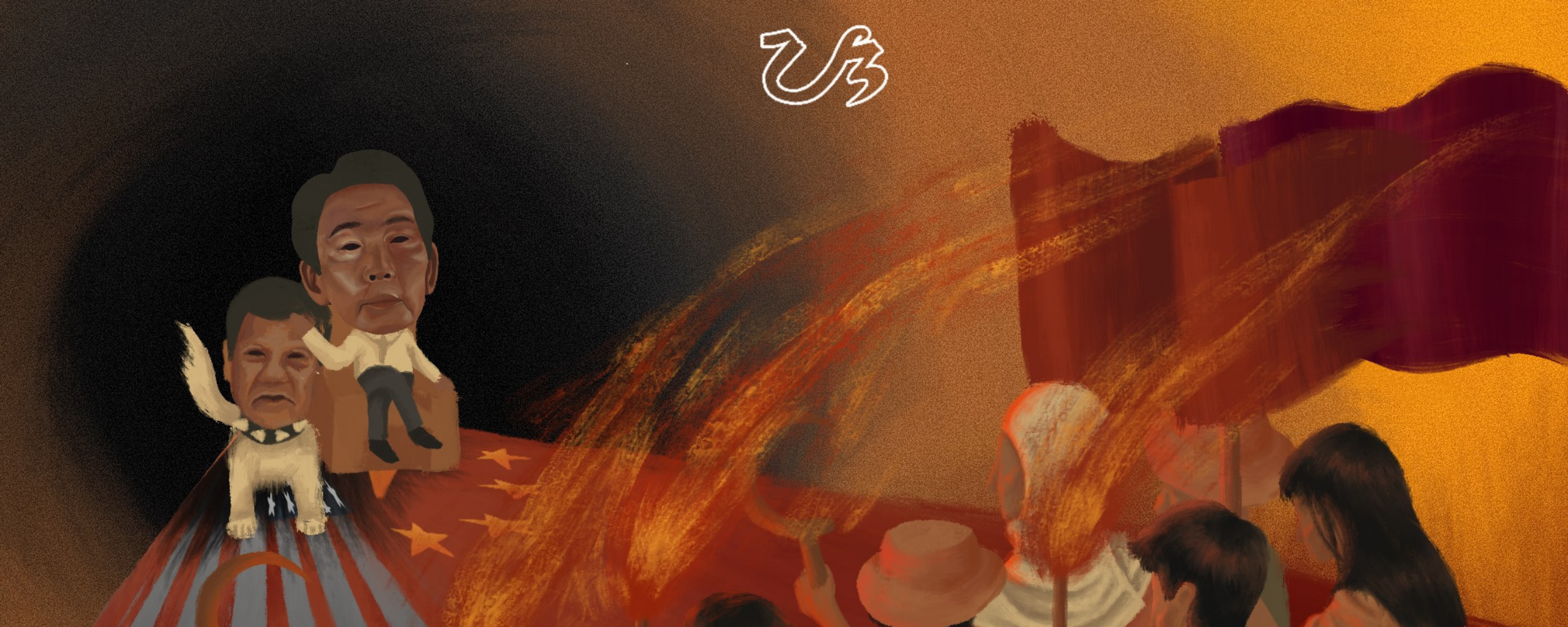

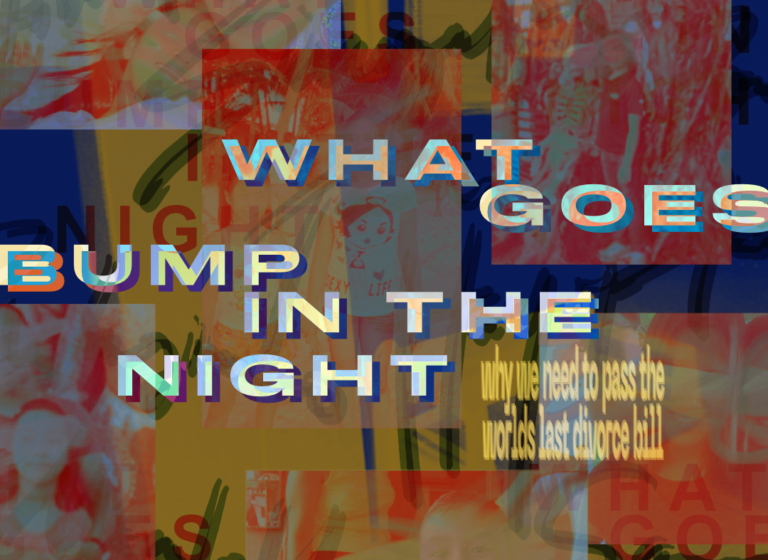
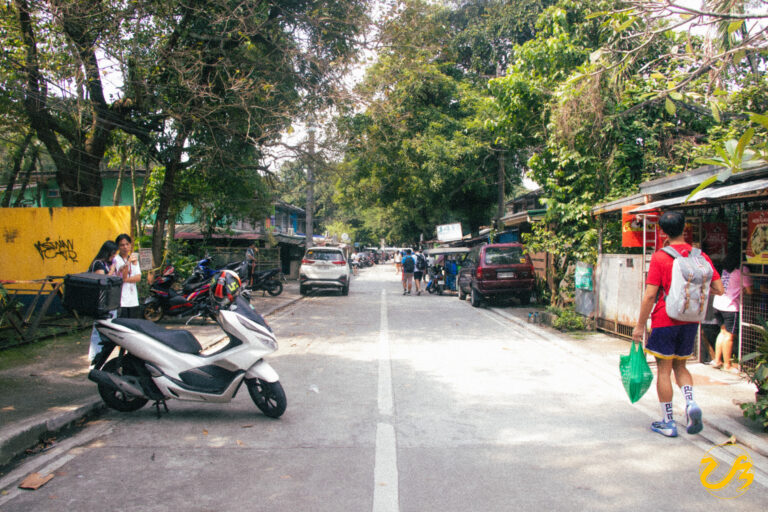
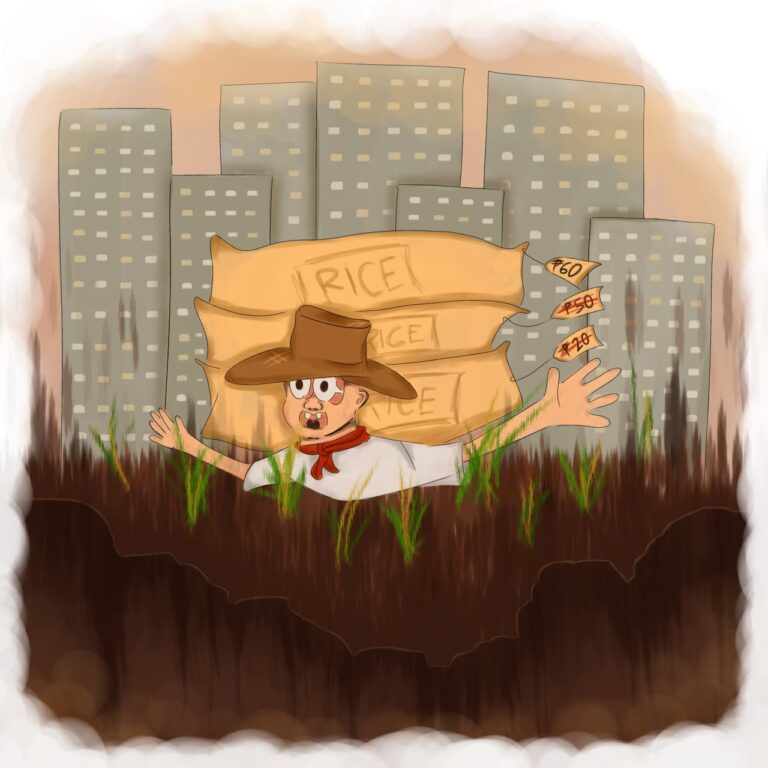
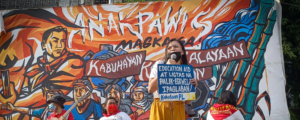
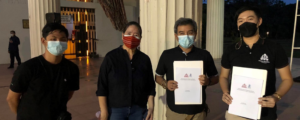
Hi, Neat post. There’s a problem with your web site in internet explorer, would check this?IE still is the market leader and a huge portion of people will miss your great writing because of this problem.